“When we finally reached the point where we were going to get on the train, we were told that it would arrive around 5pm. The train eventually showed up at 1:30am. With our headlamps on, we climbed aboard one of the cars, which was filled with iron oar. Five minutes later, the train started moving.”
After weeks of meticulous planning, so began Jody MacDonald’s 700-kilometer journey aboard the Mauritania Railway – the longest cargo train in the world – one that transports tons of iron ore across a country crippled by terrorism, slavery, and poverty. Armed with a trusty Leica X-U, Jody set out to capture what she describes as “the very fundamentals of exploration,” with a camera designed and built to withstand the harshest environments on earth.
Mauritania is a strange country. It’s one of the poorest in the world and a country in which 4 percent of its 3 million people are enslaved. It’s nearly twice the size of France and 90% desert – vast arid plains broken by occasional ridges and cliff-like outcroppings. Ceaseless winds constantly reshape the mountainous dunes of Mauritania’s interior, while its northern coastline is littered with rusty shipwrecks and long-forgotten landmines.
The perfect place then to test a camera built to withstand the worst of the worst conditions. Jody explains: “I have always wanted to ride the longest iron ore train in Africa, and I have a love affair with the Sahara desert. So I thought this would be a very unique environment to test the Leica X-U in thoroughly challenging conditions.”
Jody’s journey began in the capitol of Nouakchott, from where she, a surfer and a local guide moved north through the interior to board the Mauritania Railway. Their risky rail journey starts from the iron-mining center of Zouérat in the Sahara, and snakes through the barren dessert toward the port of Nouadhibou on the Atlantic. “We wanted to get to the coast to try to find some surf,” she explains. “My aim was to try and to capture the spirit of adventure and exploration through this incredible landscape. Adventure is not about the destination, but the process, hardship and inevitable beauty in the process of getting there.”
The majority of Mauritania’s lifeblood is found in its vast deserts. The export of iron ore is essential to the country’s economy, with the Mauritania Railway serving as the only connection between these remote locations and major shipping ports. The train also provides locals with free transport from isolated communities to the coast. More often than not, passengers ride on the iron ore itself, but some will pay a few dollars for a hard wooden seat in an overcrowded carriage.
Heading to the Mauritanian coast on a 2.5km long cargo train with carriages carrying up to 84 tons of iron ore is a daring way to travel – but it’s also the only way. Should your car break down during an attempt to drive, you’re as good as dead.
This isn’t your average rail journey – the trip takes approximately 12 hours, during which travelers battle raging winds, dangerous sandstorms and sweltering temperatures. Despite being a seasoned adventure photographer, Jody was stunned by the challenges that she faced saying, “I am used to being in remote locations, but being in the Mauritanian desert brings a whole new set of challenges. The heat in the middle of the day is quite unbearable and when the train stops along the way, it’s so easy to get lost. And if that happens, the odds of someone finding you are very slim.”
During the journey, the brutal Saharan conditions took a turn for the worse when Jody and her crew found themselves caught in ferocious sand storm during a stop. She says, “The storm came upon us very quickly. I had stopped to take some photographs outside and before we knew it, the wind picked up considerably and it started to rain. Within minutes, the wind increased to 150km/h. I thought my skin was going to scrape off, because of the rain and blowing sand. It felt like sandpaper on my skin. I have never experienced winds that strong before.”
The gusts were so violent, it pinned Jody and the other passengers to the side of the train truck and made opening the truck door impossible. After a few minutes, the wind died down and they were able to open the door and board the train again. “When I got inside there was glass everywhere. Our back window had completely imploded. It was soaking wet inside too. Our guide had been sitting in the back and had cuts all over his body from the glass. It was crazy.”
Incredible then, that in the midst of all this, Jody still managed to get some mind-blowing shots. It’s during assignments like these, Jody says, that adventure and travel photographers need a robust tool capable of producing high quality, professional results. She explains, “The Leica X-U is small, lightweight and extremely durable, which makes it a great camera for outdoor adventure photography. After everything I put the camera through, I never scratched the lens, which is amazing.” The X-U boasts excellent low light capability, and with its solid construction, allows you to keep shooting in variable conditions. “Not having to worry about the camera when it was raining or blowing sand gave me freedom that I’ve never really had before.”
After the storm subsided, the battered old ore train continued on and eventually pulled into Nouadhibou Station – on the Atlantic coast. Jody then continued to where her journey first began – Nouakchott. Just south of the capitol city’s coastline, hides one the biggest ship cemeteries in the world. It’s after traveling to this impoverished, yet beautiful area, where she encountered more of the elements that make Mauritania so unique. “One thing that surprised me was the fisherman I photographed could not swim. The night I arrived in their village, one of the fishermen had fallen off his boat and believed to have drowned. The next day we looked for his body but never found it. It’s incredible that these people live by the sea and spend every day fishing, but don’t know how to swim.”
Spending time in Mauritania is no walk in the park. And neither is capturing the true spirit of the impoverished country and its camera-shy people. It’s a journey that requires instinct, courage and the will to dive into the unknown. “That’s when I think adventures truly come alive and the magic happens,” Jody says. “You have to be vulnerable and curious.”
In covering every dusty kilometer, Jody had her trusty Leica X-U by her side. Whether jumping on the world’s longest cargo train, traveling through the sweltering Sahara desert, hanging out with local fishermen, or chasing surf spots around shipwrecks on the Mauritanian coast, it’s a camera that’s designed to be ready for any situation.
“You really don’t need a lot of camera equipment and lenses to document an incredible adventure at a professional level. I loved the challenges of having just one camera and one lens on my journey. I think it ends up making you a better photographer.”
To connect with Jody MacDonald, please visit her website, or follow her on Instagram, Twitter, and Facebook.
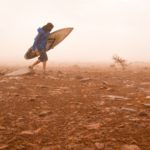

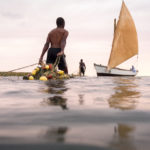

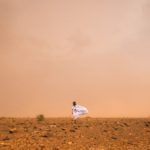
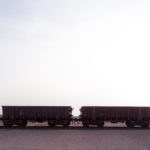
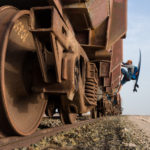
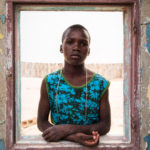
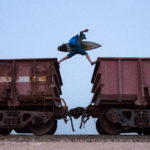
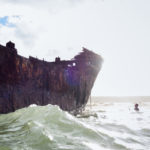

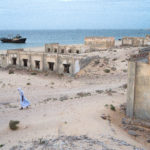


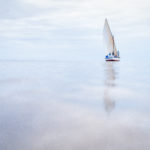
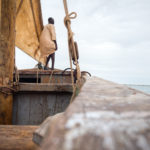
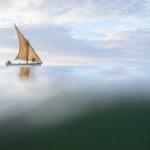
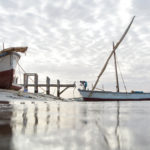
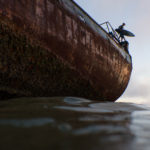
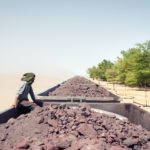
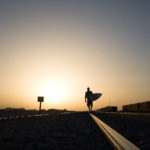

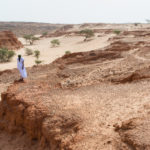
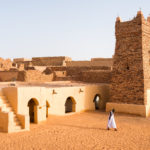
Comments (6)